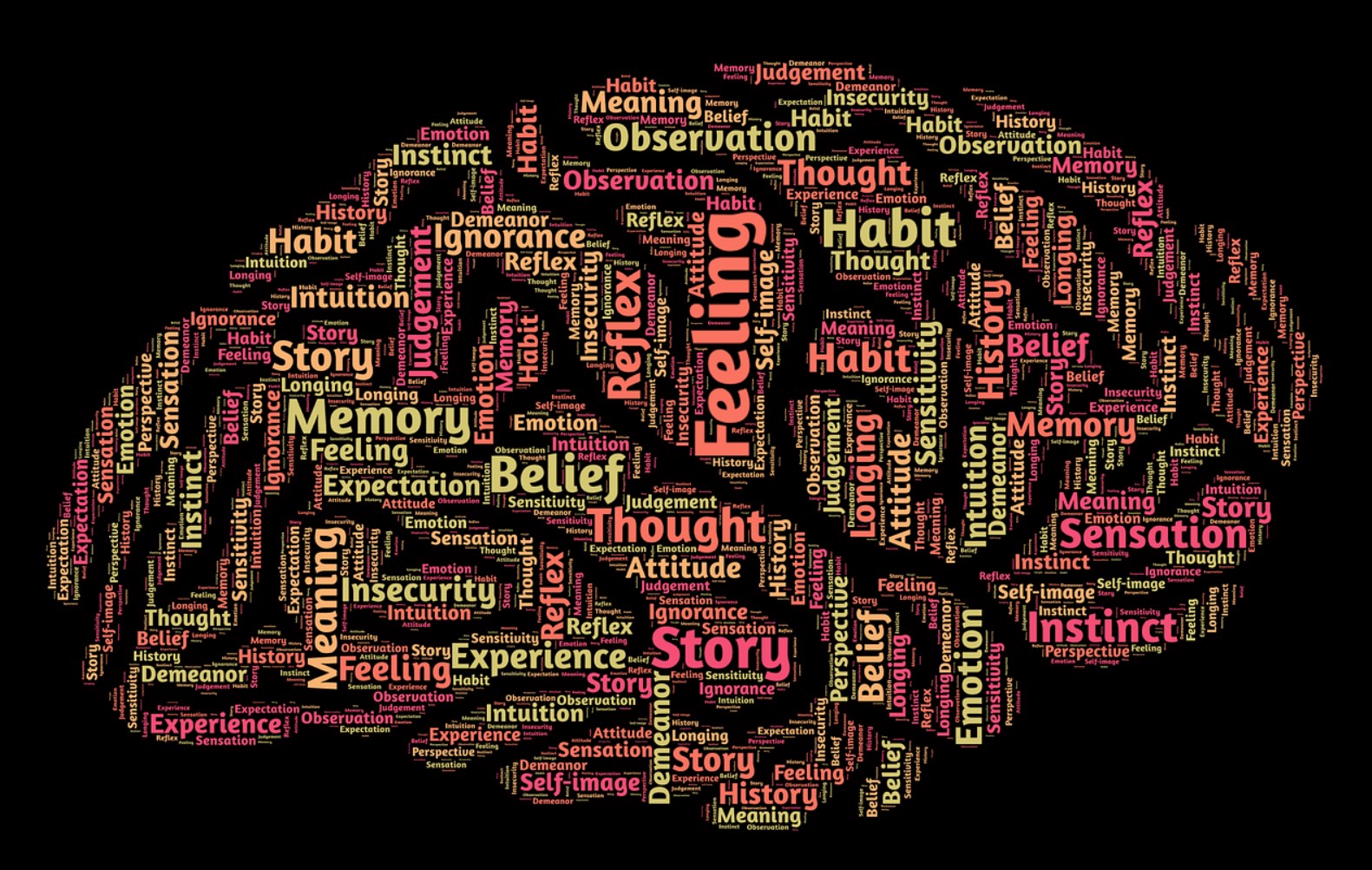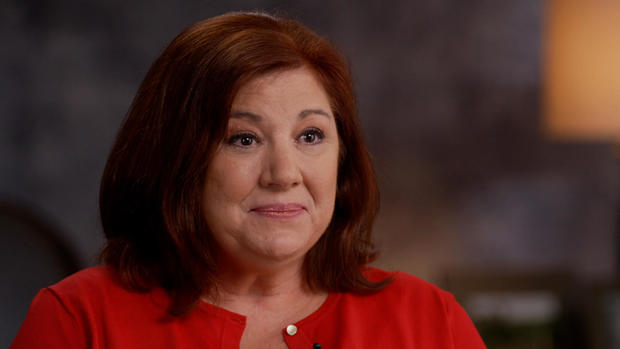 By B.N. Frank
By B.N. Frank
Scientists have always been interested in studying the human brain, and technology continues to make this easier for them. Of course some of this technology isn’t necessarily safe. Additionally, brain implants (sometimes referred to as microchips) tested on animals have led to unfortunate outcomes for these animals. That hasn’t stopped some from wanting to implant these devices in humans too (see 1, 2). Also brain-related, last month it was announced that the first human trials for brain-computer interface technology would be starting soon. China has been working on brain-computer interfaces, as well as using brain-wave monitoring in the workplace and military. Impressive as well as terrifying, right?
According to one neuroscientist, simple brain scans can provide a wealth of information on people. Keep that in mind if you value your privacy.
From CBS 60 Minutes:
Carnegie heroes and the neuroscience behind acts of heroism
By Scott Pelley
In 1904, 180 Americans were trapped by fire in a Pennsylvania coal mine. Two heroes went in to save them, but the rescuers and all but one of the miners perished. Still, that act of heroism touched one of the richest Americans, a man whose steel mills were fired by coal. Andrew Carnegie donated more than $100 million, in today’s money, to recognize heroes in the U.S. and Canada. As we first reported last fall– a good deal has changed in 118 years; thousands have been awarded the Carnegie Hero Medal and advances in neuroscience are revealing why some of us may be heroic. We’ll get to the science, but first, meet some of the Carnegie Heroes, including Terryann Thomas.
Terryann Thomas: As soon as I turned around and started to walk off, I heard a scream.
The scream came from officer Tammy Walter. For reasons we don’t know, she’d been attacked by the man in the property room waiting area. Thomas hit a panic alarm and charged out of her locked room.
Terryann Thomas: And so, as I ran out there, I saw there was blood on the wall and she was down. And she was not moving. And I went over there, and I pulled him off of her. He looked at me and he punched me in the face. He turned around and he started back on her. He’s kicking her while she’s on the ground, and constantly punching her, so I went and grabbed him again and I pulled him off.
Help was slow in coming. It seems no one had triggered the panic alarm before. So, the cops upstairs weren’t sure what it meant.
Terryann Thomas: He grabbed something off her gun belt. And I thought, “Okay, he has her gun, this whole thing has just changed.” He hit the elevator button and he looked at me and he said, “You’re coming with me.”
Later, it turned out it was the officer’s radio the man had, not her gun, but Thomas didn’t know that in the fight.
Scott Pelley: What happened then?
Terryann Thomas: And so I put my foot in the door. It opened up. And with everything I had, I grabbed him and I pulled him outta the elevator. And just as soon as we got out, I ran to the door. I opened it and I just started screaming. And that’s when all the officers came in and took him down.
A Topeka cop reported that story to the Pittsburgh headquarters of the Carnegie Hero Fund Commission. Eric Zahren is president of the commission. He’s a former Secret Service agent.
Eric Zahren: Well we look at up to 1,000 cases a year. And we award about just a little over 10% of that. So, in recent years, that equates to about 80 cases a year.
Scott Pelley: How do you define, “hero?”
Eric Zahren: And we define it as, at least in terms of our medal-awarding requirement, as a man or a woman that willingly and knowingly risks their life to an extraordinary degree to save or attempt to save the life of another human being.
Scott Pelley: What are some of the things that your investigators go through when they’re investigating a case?
Eric Zahren: We write to or contact police departments, fire departments, the victim in the case, who was the rescued party, and other eyewitnesses to the act and we start to build an understanding of each case.
The Carnegie Medal, molded in bronze, comes with $5,500 and other financial support.

Eric Zahren
Eric Zahren: We also pay for funeral costs fully for a hero that is killed in the act. We pay any medical costs for any injury that they incur, to include psychological after-effects, PTSD. We don’t present a medal and walk away. We stay there. And we stay there for the hero’s lifetime and sometimes far beyond. I mean, we were recently looking at a case that, you know– a gentleman was killed in his heroic act. And we supported his wife, and then one of his daughters for a total of 72 years until his daughter died.
Pete Pontzer: On the beach on that day, I just reacted.
Pete Pontzer fit the Carnegie definition of hero. He was on a North Carolina beach in 2015 when someone pointed to a boy swept away by a rip current. Pontzer and another man swam about 150 yards.
Produced by Aaron Weisz. Associate producer, Ian Flickinger. Broadcast associate, Michelle Karim. Edited by Craig Crawford.
Activist Post reports regularly about privacy invasive and unsafe technology. For more information, visit our archives.
Top image: Pixabay
Become a Patron!
Or support us at SubscribeStar
Donate cryptocurrency HERE
Subscribe to Activist Post for truth, peace, and freedom news. Follow us on SoMee, Telegram, HIVE, Flote, Minds, MeWe, Twitter, Gab, What Really Happened and GETTR.
Provide, Protect and Profit from what’s coming! Get a free issue of Counter Markets today.


Be the first to comment on "Brain Scans May Indicate Potential Heroes and Psychopaths"